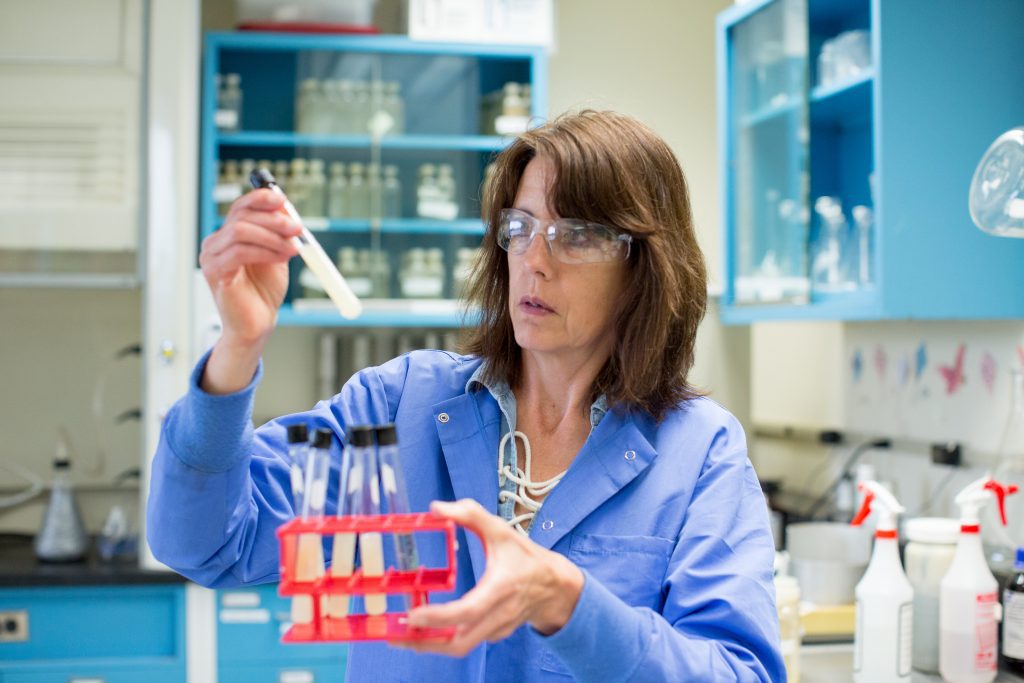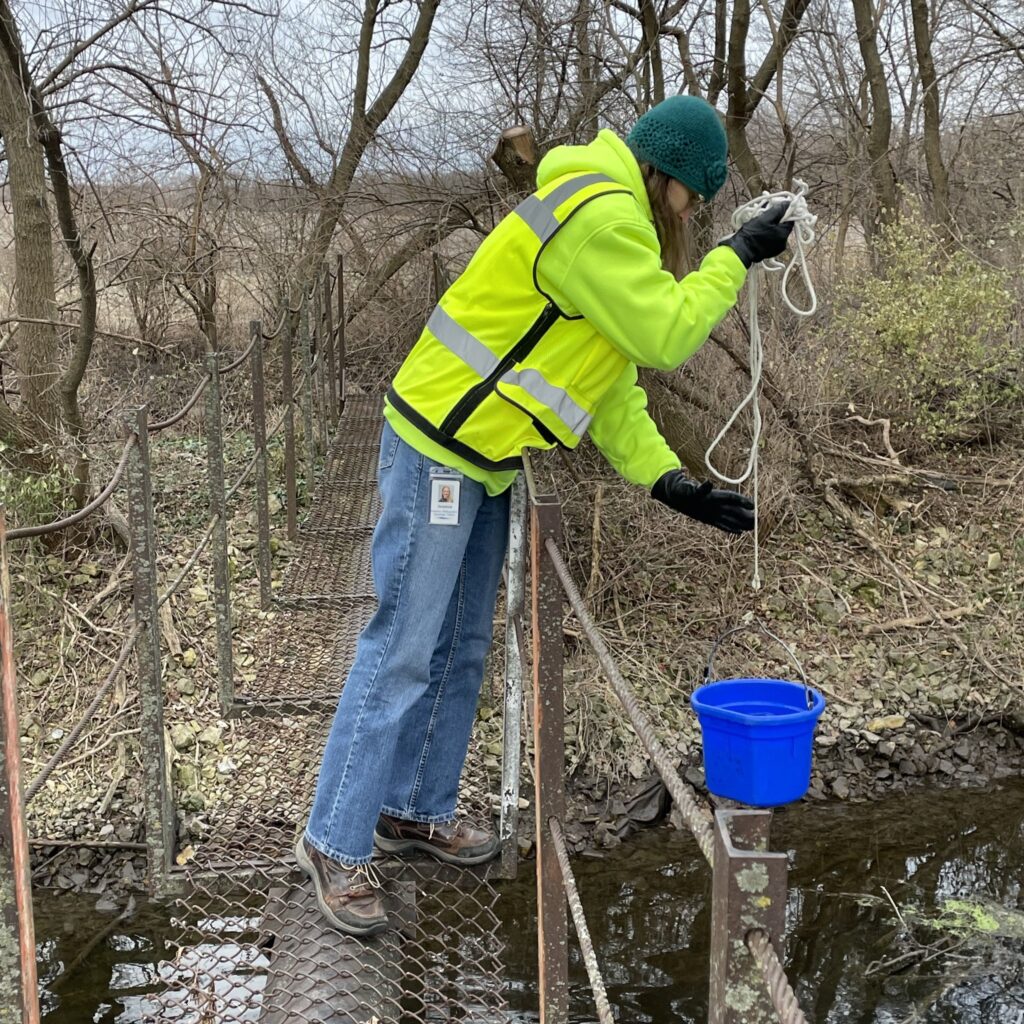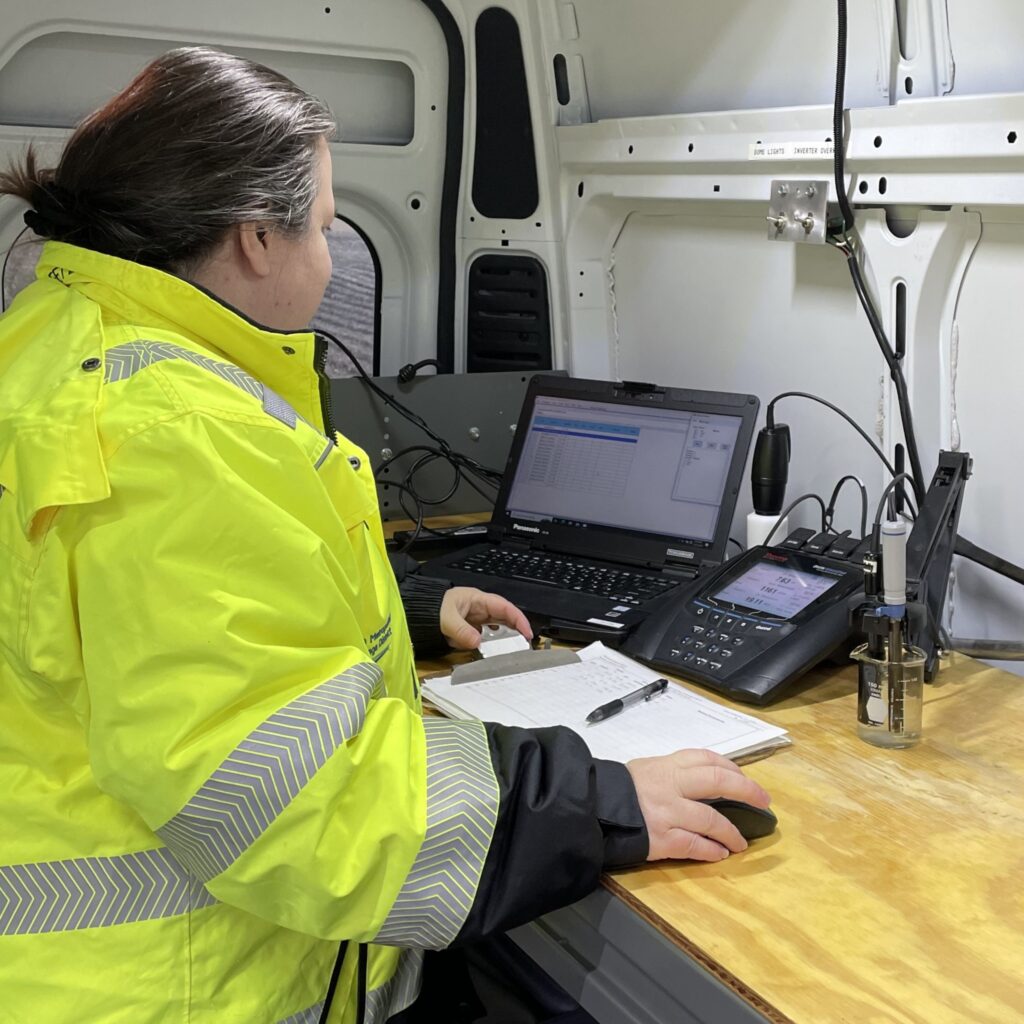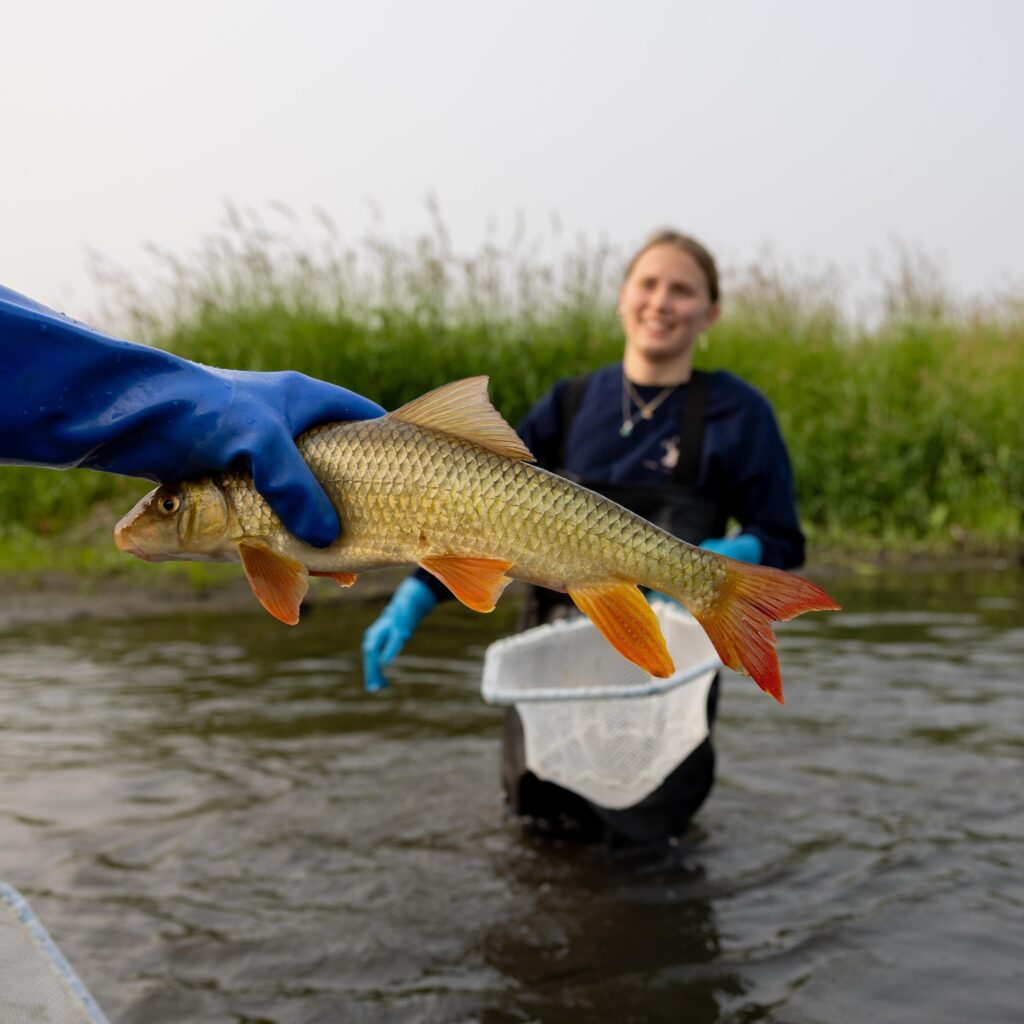Analytical testing is at the core of clean water
At the District, science plays a vital role in protecting public health and the environment. Every day, our on-site District Laboratory analyzes water quality at every stage of the treatment process, from influent (incoming wastewater) to effluent (discharged water), to ensure that our treatment processes meet the highest standards.
Testing for clean, safe water

Our team of skilled chemists performs over 63,000 tests on over 13,000 samples each year, monitoring everything from solids and nutrients to metals and pathogens. These tests help confirm that the treated water leaving the Nine Springs Wastewater Treatment Plant is clean, safe, and well within regulatory limits.
The District Laboratory conducts analyses across a wide variety of sample types. These results are essential for:
- Plant operations – guiding real-time decisions to keep the treatment plant running efficiently.
- Permit compliance – including support for variances and watershed adaptive management strategies.
- Industrial pretreatment – testing incoming wastewater for metals and contaminants from various industries.
- Environmental quality – analysis for bacteria, nutrients and metals.
Environmental stewardship beyond the plant
Our lab staff collects water samples from waterways that receive our effluent. Every month, we capture and analyze water samples at multiple points of Badfish Creek to confirm that the water leaving the plant remains safe for fish, plants and human recreation. At each sample collection site, our chemists analyze and record pH and conductivity in our mobile laboratory van. Then, our chemists test the water samples in the treatment plant’s lab for more in-depth analysis.
Our teams also annually survey area waterways for key fish as an indicator of stream health. Surveys sample key fish and macroinvertebrate species, estimating their quantity and size. It’s voluntary data collection for the District to conduct and helps track water quality in effluent streams over time.



Interested in science innovations? Read our blog article “District history: The inventor extraordinaire” to learn how we patented lab equipment and found new ways to monitor performance.







